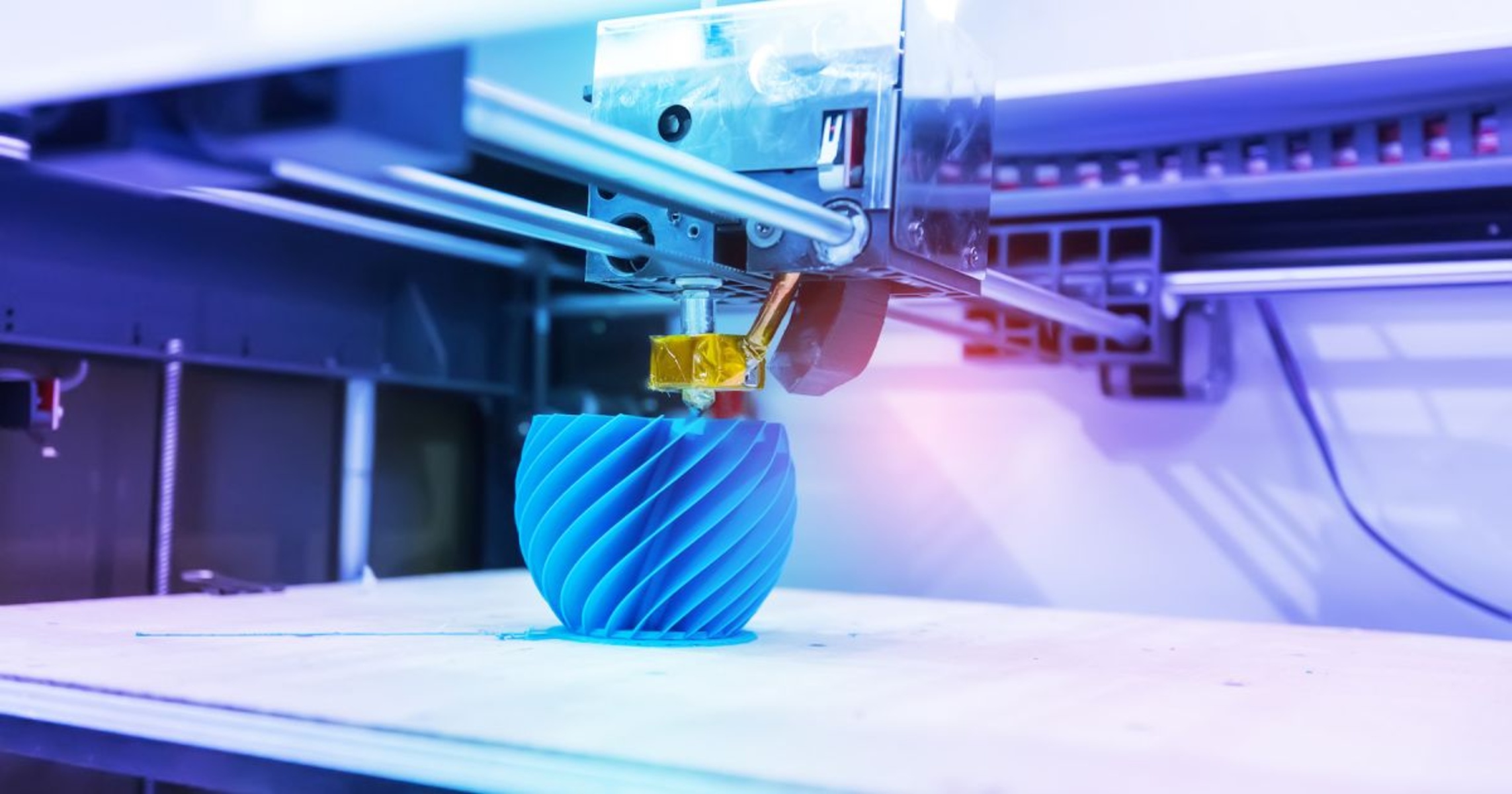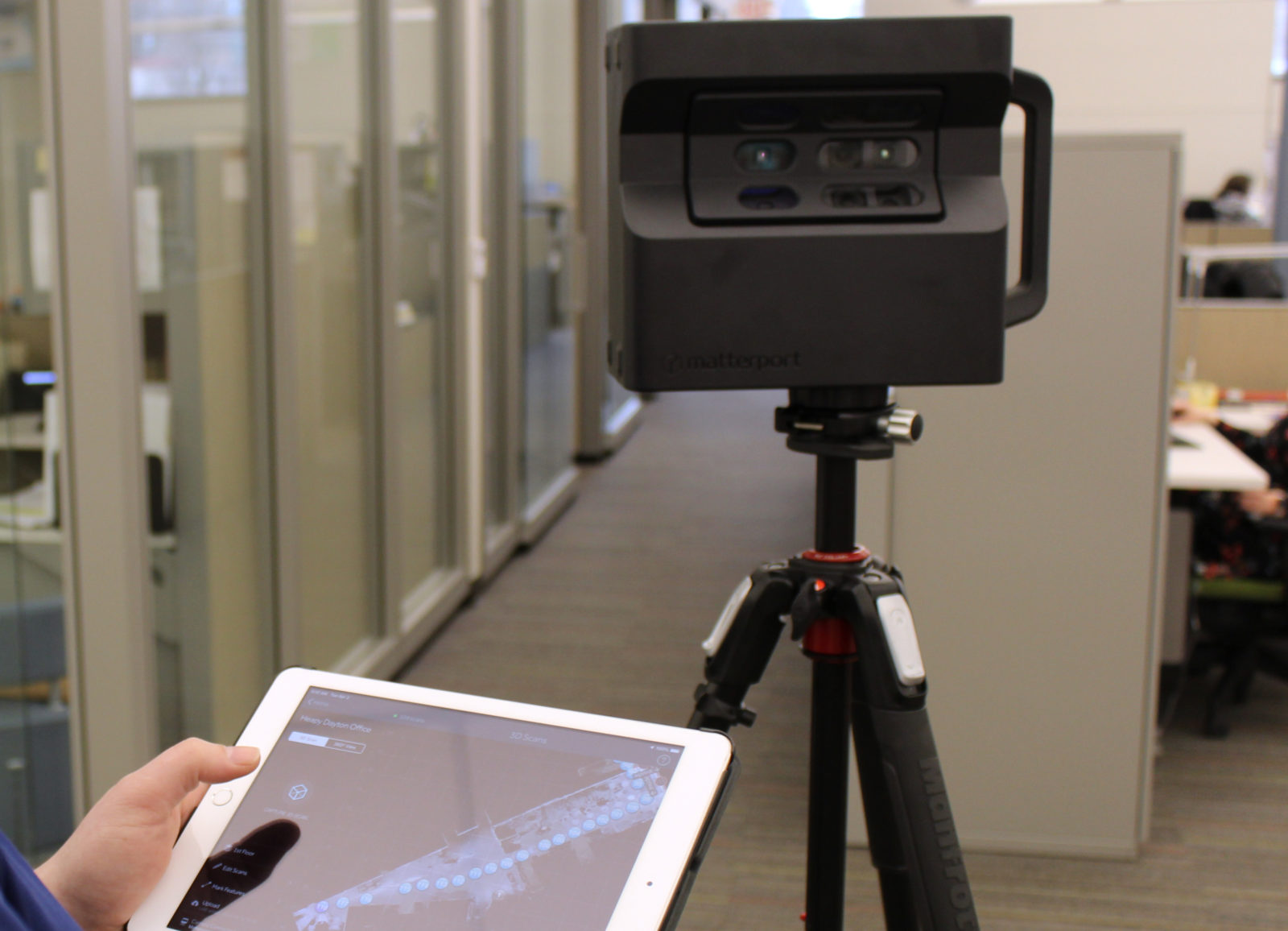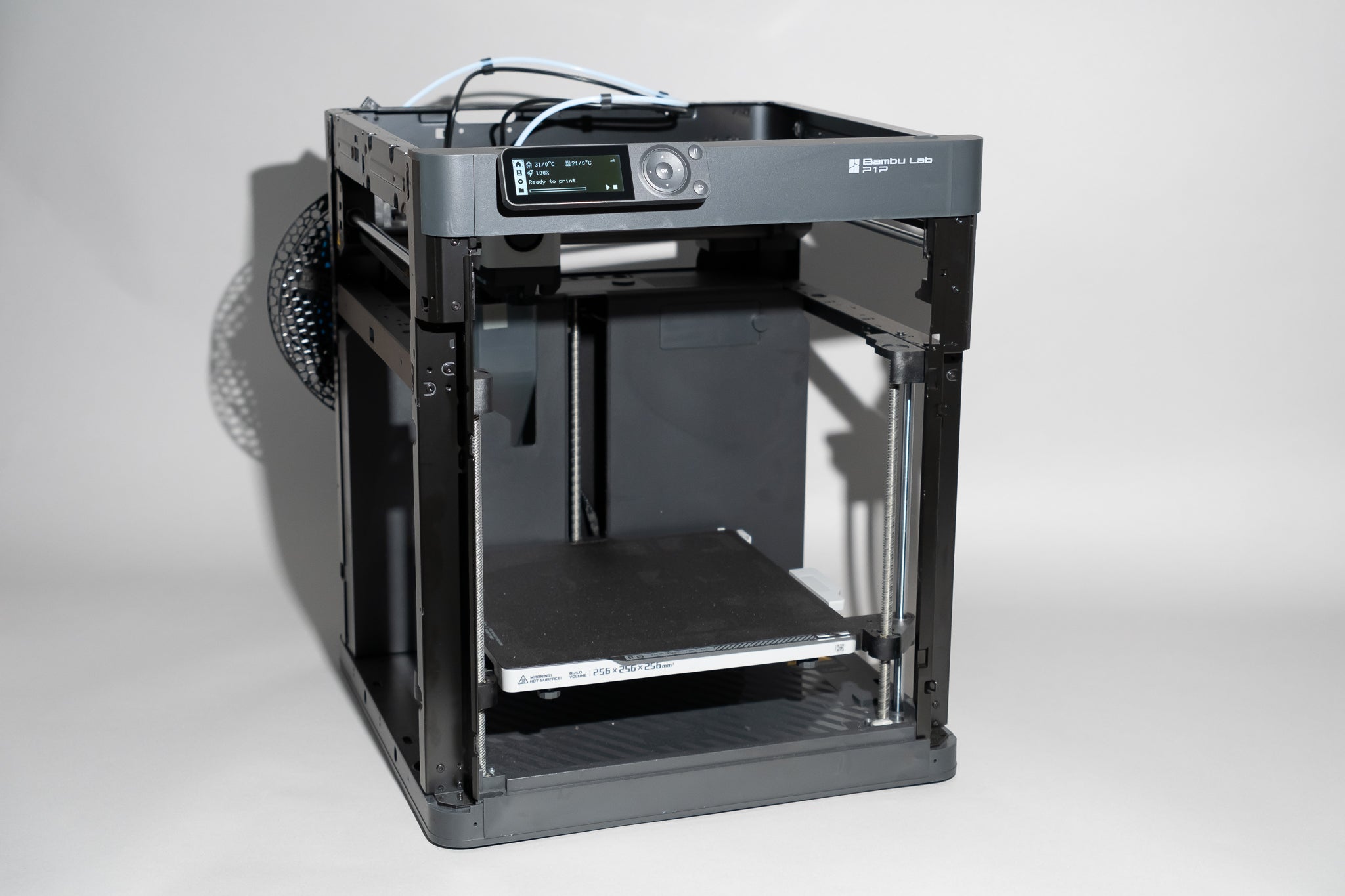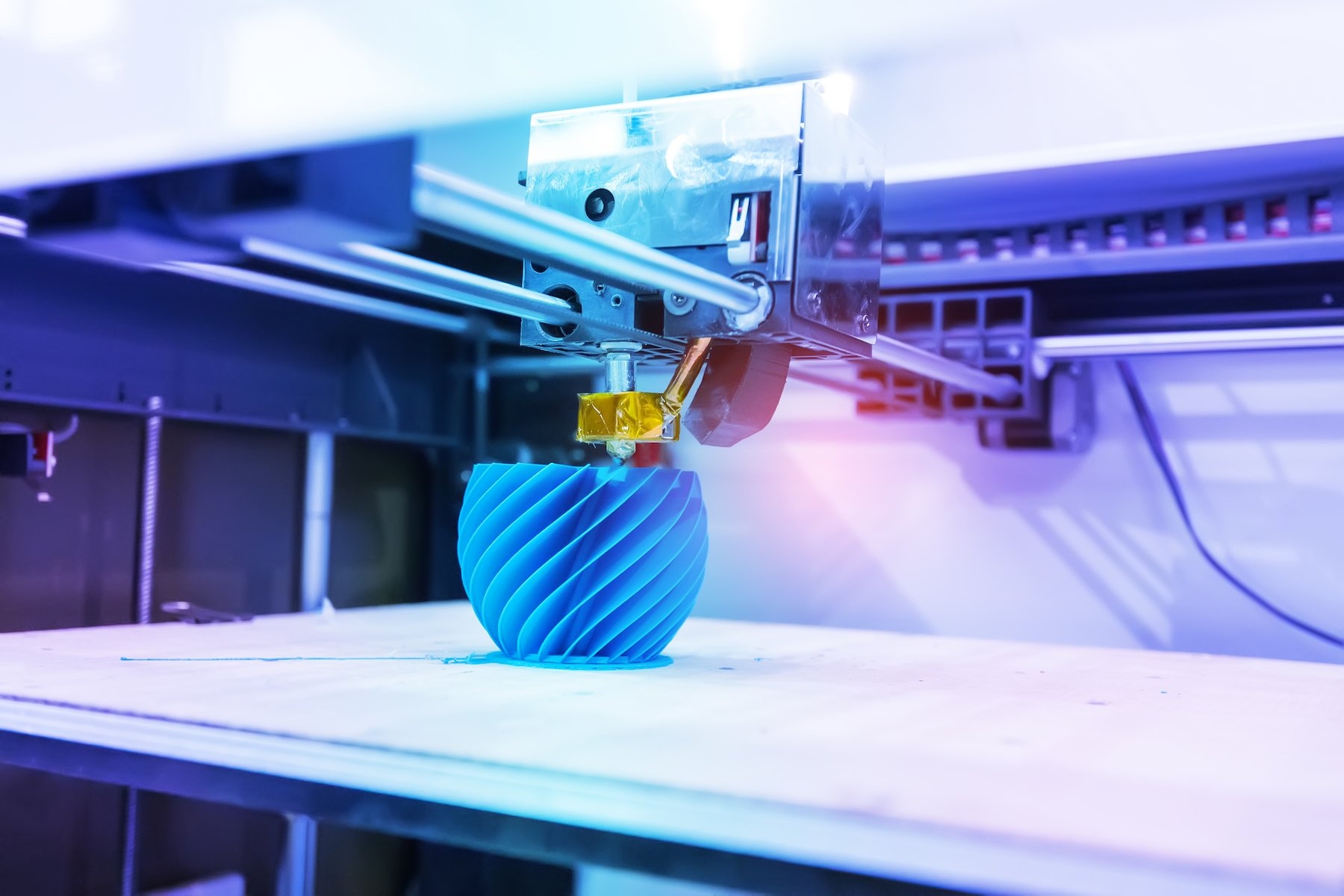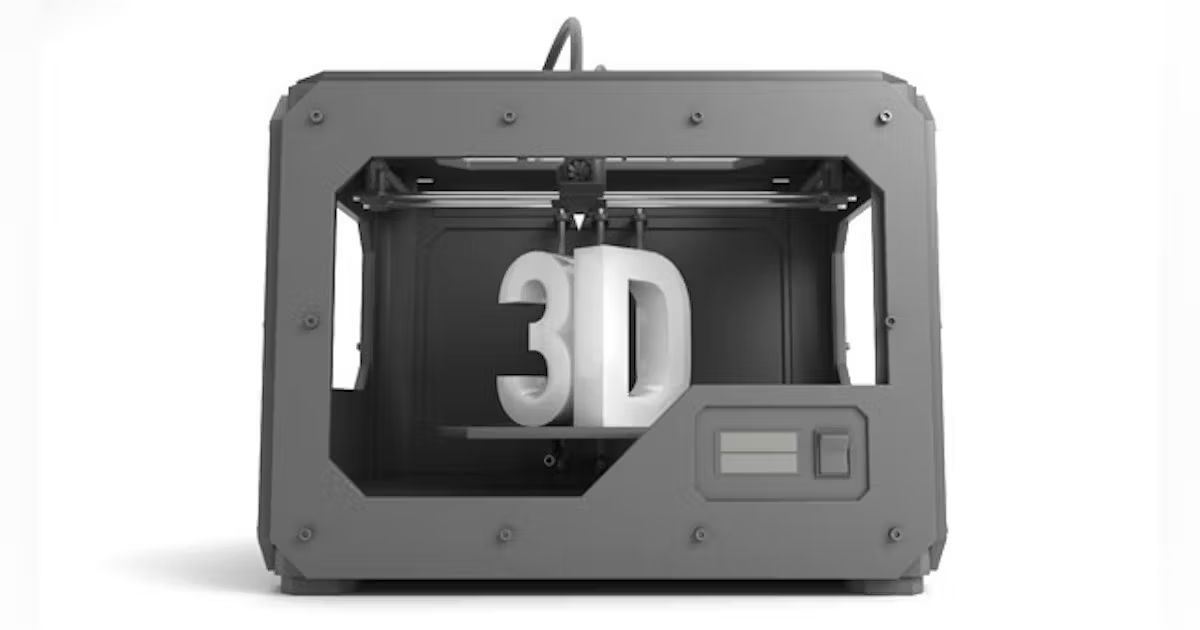Lack of Awareness
One of the main reasons why 3D printing hasn’t been more publicly used is the lack of awareness surrounding this technology. While 3D printing has gained some attention and recognition in recent years, it is still relatively unknown to many individuals and businesses.
Part of the reason for this lack of awareness is that 3D printing is still considered a relatively new and emerging technology. It takes time for new technologies to become mainstream and for people to understand their potential applications and benefits.
Another factor contributing to the lack of awareness is the limited presence of 3D printing in mainstream media and popular culture. Unlike other technological innovations that have been heavily publicized, such as smartphones or virtual reality, 3D printing has not received the same level of attention. As a result, many people are simply unaware of what 3D printing is and how it can be used.
Furthermore, the terminology and concepts associated with 3D printing can be complex and unfamiliar to the general public. The technical jargon and intricate processes involved in 3D printing can be overwhelming for individuals who are not familiar with the field of technology or engineering.
Addressing the lack of awareness is crucial for the wider adoption of 3D printing. Educational initiatives, public demonstrations, and awareness campaigns can help to demystify 3D printing and increase its visibility. By showcasing real-life examples and practical applications, more people can understand the value of this technology and how it can impact various industries.
In addition, collaborations between 3D printing companies, researchers, and educational institutions can help bridge the gap by providing resources and training opportunities for individuals and businesses. These collaborations can help to create a network of knowledgeable professionals who can educate others about the potential of 3D printing.
Overall, the lack of awareness surrounding 3D printing is a significant barrier to its wider adoption. By increasing visibility, enhancing education, and simplifying complex concepts, we can overcome this hurdle and pave the way for 3D printing to become more publicly used.
High Cost of Entry
Another obstacle that has hindered the widespread use of 3D printing is the high cost of entry. While the prices of 3D printers have been gradually decreasing, they still remain relatively expensive for many individuals or small businesses.
The initial investment required to purchase a high-quality 3D printer can be prohibitive for those who are on a tight budget. Additionally, the cost of materials, maintenance, and software can quickly add up, further increasing the financial burden.
Moreover, 3D printing technology is evolving rapidly, which means that businesses and individuals may need to upgrade their equipment frequently to keep up with the advancements. This constant need for upgrades and the associated costs can deter potential users from investing in 3D printing technology.
However, it is worth noting that the cost of 3D printing has been decreasing over time. As the technology continues to mature and becomes more widely adopted, economies of scale may come into play, resulting in lower prices for both 3D printers and materials.
Another solution to overcome the high cost of entry is the availability of shared facilities or 3D printing service bureaus. These facilities allow individuals or businesses to access 3D printing technology without the need for a significant upfront investment. Users can simply pay for the printing services they require, making it a more cost-effective option.
Furthermore, advancements in open-source hardware and software have also contributed to reducing the cost of entry. Open-source initiatives provide access to affordable or even free 3D printers, making them more accessible to a wider range of users.
While the high cost of entry is a barrier to the widespread use of 3D printing, ongoing advancements and the availability of shared facilities or open-source options are helping to mitigate this challenge. As the technology becomes more affordable and accessible, we can expect to see increased adoption of 3D printing in various industries.
Limited Material Options
Another factor that has limited the widespread use of 3D printing is the limited range of available materials. While 3D printing has made significant advancements in recent years, there are still limitations in the types of materials that can be used in the printing process.
Traditionally, 3D printing has been primarily associated with plastic materials, such as ABS or PLA. While these materials are versatile and widely used, they may not always meet the specific requirements of certain applications. For industries that require materials with specific properties, such as strength, durability, or heat resistance, the limited material options can be a significant constraint.
However, it is worth noting that the range of materials available for 3D printing is expanding. New materials, including metals, ceramics, and composites, are being developed for 3D printing applications. These materials offer enhanced properties and open up new possibilities for industries such as aerospace, automotive, and healthcare.
Additionally, advancements in material science and research are constantly pushing the boundaries of what can be 3D printed. Researchers are exploring biodegradable materials, conductive materials, and even materials that can self-heal, which could have exciting applications in various fields.
Moreover, collaborations between 3D printer manufacturers, material suppliers, and research institutions are driving innovation in the field of 3D printing materials. These partnerships are focused on developing and optimizing new materials that are compatible with 3D printing technologies, expanding the potential applications of 3D printing.
While limited material options have been a hurdle for the widespread use of 3D printing, ongoing developments in material science and expanding partnerships in the industry are gradually addressing this challenge. As more materials become available for 3D printing, the technology will become even more versatile and adaptable, enabling greater adoption across various sectors.
Complex Technology
The complexity of 3D printing technology is another factor that has impeded its widespread use. The intricate processes involved in 3D printing can be challenging for individuals without a technical background to grasp and utilize effectively.
The technology behind 3D printing involves multiple steps, including designing the 3D model, preparing the model for printing, and operating the printer itself. Each of these steps requires a certain level of technical knowledge and skills. Individuals or businesses without prior experience in 3D printing may find it intimidating or overwhelming to navigate through these complex processes.
In addition, the software used for designing and preparing 3D models can be complex and require a learning curve. CAD (Computer-Aided Design) software, for example, often requires specialized training to master. This can be a significant barrier for individuals or smaller businesses that may not have the resources or time to dedicate to learning complex software.
Furthermore, troubleshooting issues that may arise during the printing process can be challenging for individuals without technical expertise. From misaligned prints to failed prints, addressing these issues often requires a deep understanding of the technology and intricate knowledge of the printer’s mechanics.
Despite the complexity associated with 3D printing, efforts are being made to simplify the processes and make the technology more user-friendly. User-friendly 3D modeling software and pre-designed templates are becoming more accessible, enabling beginners to easily create and modify 3D models without extensive technical knowledge.
Additionally, communities and online forums dedicated to 3D printing provide a platform for users to seek guidance, share insights, and troubleshoot problems. These communities encourage collaboration and knowledge-sharing, helping to demystify the complex aspects of 3D printing.
As 3D printing technology continues to evolve and become more widespread, it is expected that the complexities associated with it will be mitigated. User-friendly interfaces, improved software, and a growing support network will make 3D printing more accessible to individuals and businesses, driving its wider adoption.
Intellectual Property Concerns
Intellectual property (IP) concerns have been a significant barrier to the widespread use of 3D printing. The ability to replicate and reproduce physical objects easily through 3D printing raises important questions about copyright infringement and the protection of intellectual property rights.
One of the main concerns is the unauthorized reproduction of copyrighted designs or patented products. With 3D printing, it becomes possible for individuals to replicate and produce objects that are protected by intellectual property laws, such as artistic creations, branded products, or patented inventions. This raises concerns about the impact on industries and the potential loss of revenue for creators and innovators.
Additionally, the ease of sharing and exchanging 3D design files online further exacerbates these concerns. Online platforms and communities dedicated to 3D printing enable users to share and download design files, which may include copyrighted or patented designs without proper authorization. This makes it challenging for rights holders to monitor and enforce their intellectual property rights.
Efforts are being made to address these challenges and protect intellectual property in the context of 3D printing. For example, some companies and designers utilize encryption or digital rights management (DRM) techniques to safeguard their 3D design files. These techniques help prevent unauthorized access or modification of the design files.
Furthermore, there are ongoing discussions and initiatives to establish proper legal frameworks and regulations surrounding 3D printing and intellectual property. As 3D printing becomes more prevalent, it is crucial to balance the accessibility and innovation it brings with the need to protect intellectual property rights.
Education and awareness about intellectual property rights are also crucial in addressing these concerns. Educating users about the legal implications of 3D printing and the importance of respecting intellectual property rights can help promote ethical and responsible use of the technology.
While intellectual property concerns pose challenges to the widespread use of 3D printing, ongoing efforts to establish legal frameworks, implement encryption and DRM techniques, and educate users about their responsibilities can help mitigate these concerns. Striking the right balance between innovation and intellectual property protection is key to fostering the growth and adoption of 3D printing technology.
Regulatory Limitations
Regulatory limitations have been a significant hurdle to the widespread use of 3D printing. The unique nature of 3D printing technology has raised various regulatory concerns that need to be addressed to ensure its safe and responsible use.
One of the key regulatory limitations is the lack of clear guidelines and standards for certain applications of 3D printing. As 3D printing technology evolves and expands into industries such as healthcare, aerospace, and automotive, regulatory bodies often struggle to keep pace with the rapid advancements. The absence of comprehensive regulations can lead to uncertainty and hinder the adoption of 3D printing in these sectors.
Additionally, in certain industries, compliance with existing regulations can pose challenges. For example, in the healthcare sector, ensuring the safety and efficacy of 3D-printed medical devices or implants requires adherence to rigorous regulatory standards. The development and approval processes for these medical products need to meet the requirements set by regulatory authorities, which can be a time-consuming and costly endeavor.
Furthermore, the potential misuse of 3D printing technology has raised concerns regarding the production of weapons, counterfeit products, or other illegal items. Implementing effective regulation to prevent the illegal use of 3D printers while balancing the freedom and creativity it offers has proven to be a complex task for governing bodies.
Efforts are underway to address the regulatory limitations surrounding 3D printing. Regulatory authorities are engaging with industry experts, researchers, and stakeholders to develop guidelines and standards that ensure the safety, quality, and ethical use of 3D printing technology.
Moreover, collaboration between regulatory bodies and the 3D printing industry is crucial in developing appropriate regulations and streamlining approval processes. As the technology continues to advance, it is essential to establish regulatory frameworks that are adaptable, scalable, and forward-thinking.
Education and awareness also play a vital role in addressing regulatory limitations. Educating users about the legal obligations and potential risks associated with 3D printing can foster responsible and compliant use of the technology.
While regulatory limitations pose challenges to the widespread use of 3D printing, ongoing efforts to establish clear guidelines, engage with industry stakeholders, and educate users can help create a regulatory environment that promotes innovation while ensuring safety and compliance.
Lack of Skilled Professionals
The shortage of skilled professionals is a significant obstacle to the widespread use of 3D printing technology. The specialized knowledge and expertise required to operate, maintain, and troubleshoot 3D printers can be a barrier for many individuals and businesses.
3D printing is a complex technology that involves various processes, including designing 3D models, preparing print files, calibrating the printer, and post-processing the printed objects. Each step requires a specific set of skills and a deep understanding of the underlying technology.
However, the lack of educational programs and training opportunities tailored specifically for 3D printing has contributed to the scarcity of skilled professionals. Traditional education systems may not adequately address the technical aspects of 3D printing, leaving a gap in the market for individuals with the necessary expertise.
Additionally, the field of 3D printing is relatively new, and the rapid evolution of the technology makes it challenging for education and training programs to keep up. As a result, there are limited opportunities for individuals to acquire the specialized skills and knowledge required to work with 3D printing technology.
Addressing the shortage of skilled professionals requires a multi-faceted approach. Educational institutions can play a crucial role in incorporating 3D printing into their curriculum and offering specialized training programs. By providing hands-on experience and practical training, these institutions can equip individuals with the skills needed for the 3D printing industry.
Collaborations between industry leaders, 3D printing companies, and educational institutions can also bridge the skills gap. These partnerships can provide internship programs, apprenticeships, and real-world experiences to students, allowing them to gain practical skills and knowledge directly from industry experts.
Furthermore, online courses, webinars, and workshops can offer accessible and flexible learning opportunities for individuals interested in acquiring 3D printing skills. These resources can provide instruction on various aspects of 3D printing, from basic concepts to advanced techniques.
As the field of 3D printing continues to grow, it is essential to cultivate a pipeline of skilled professionals who can drive innovation and utilization of the technology. By investing in education, training, and collaborative initiatives, we can overcome the shortage of skilled professionals and facilitate the widespread use of 3D printing in various industries.
Size and Scalability Constraints
Size and scalability constraints present a challenge to the widespread use of 3D printing technology. While 3D printers are capable of producing objects of various sizes, there are limitations in terms of the maximum dimensions of the printed objects.
Many consumer-level 3D printers have limited build volumes, which restricts the size of objects that can be printed in a single job. This can hinder the production of large-scale items, such as furniture or architectural models, which may require printers with larger build volumes or specialized equipment.
Additionally, the time required to complete a 3D printing job can be a limiting factor for scalability. 3D printing is a layer-by-layer process, and the more intricate or complex the object, the longer it takes to print. This can slow down production times and limit the ability to scale up manufacturing processes.
However, it is important to note that advancements in 3D printing technology are addressing these constraints. Industrial-grade 3D printers equipped with larger build volumes are becoming more accessible, enabling the production of larger objects. Similarly, improvements in printing speed and efficiency are allowing for faster and more scalable production.
Techniques like additive manufacturing and continuous 3D printing are being developed to overcome scalability challenges. Additive manufacturing involves using multiple 3D printers in parallel to increase production capacity, while continuous 3D printing allows for the continuous production of objects without the need to pause and restart the printing process.
Furthermore, collaborations between 3D printer manufacturers, software developers, and materials suppliers are pushing the boundaries of size and scalability. Through constant innovation and research, these partnerships are exploring new materials and printing techniques that can expand the size and scalability capabilities of 3D printing technology.
Scaling up the use of 3D printing also requires advanced planning and optimization. Businesses need to assess their manufacturing processes and identify which components or products are most suitable for 3D printing. By strategically incorporating 3D printing into their production workflows, companies can overcome size limitations and leverage the technology’s scalability advantages.
While size and scalability constraints have been a barrier to the widespread use of 3D printing, ongoing advancements in technology, increased availability of larger printers, and the development of scalable techniques are improving its capabilities. As these constraints continue to be addressed, the adoption of 3D printing will be further accelerated, driving innovation and transforming various industries.
Quality Control Challenges
Quality control presents a significant challenge in the widespread use of 3D printing technology. Ensuring consistent and reliable quality across printed objects can be complex due to various factors involved in the printing process.
One of the main challenges is achieving dimensional accuracy and surface quality. 3D printers rely on precise calibration and accurate deposition of materials to produce objects with the desired dimensions and surface finish. However, variations in printer performance, material properties, and environmental factors can impact the final outcome, leading to inconsistent results.
In addition, layer adhesion and structural integrity can pose challenges in quality control. 3D-printed objects are built layer-by-layer, and ensuring strong adhesion between layers is crucial for the overall strength and durability of the final product. Inadequate layer adhesion can result in weak points or potential failure points in the printed object.
Furthermore, material properties and material selection can affect the quality of 3D prints. Each material used in 3D printing has its own characteristics, such as strength, flexibility, or heat resistance. Selecting the appropriate material for a specific application is essential to ensure that the printed object meets the required performance standards.
To address these challenges, quality control processes and standards are being developed specific to 3D printing. These processes involve calibration of printers and testing of materials to ensure they meet the required specifications. Research continues to focus on improving the consistency and reliability of 3D printing processes through rigorous testing and validation methodologies.
Moreover, advancements in software and modeling tools are helping to improve quality control in 3D printing. Simulation software allows users to predict and optimize the performance of printed objects, reducing the need for trial and error. Additionally, embedded sensors and real-time monitoring systems can provide valuable data during the printing process, enabling proactive adjustments and ensuring the quality of the final product.
Collaboration between industry stakeholders is crucial in addressing quality control challenges. Manufacturers, designers, and material suppliers can work together to establish best practices, guidelines, and standards that ensure consistent and reliable quality in 3D printing.
While quality control challenges exist, advancements in technology, research, and collaborative efforts are steadily improving the quality and reliability of 3D-printed objects. As standards and best practices evolve, the use of 3D printing will continue to expand, making it a viable option for various applications and industries.
Sustainability Concerns
Sustainability concerns have emerged as a significant factor limiting the widespread use of 3D printing technology. While 3D printing offers numerous benefits, there are environmental considerations to be addressed to ensure its long-term sustainable use.
One of the key sustainability concerns is the use of materials in the 3D printing process. Many traditional 3D printing materials, such as plastics, are derived from non-renewable sources and can have a detrimental environmental impact. Additionally, some materials used in 3D printing are not easily recyclable, leading to increased waste generation.
However, efforts are being made to develop more sustainable materials for 3D printing. Bio-based and recycled materials are being explored as alternatives to traditional plastics. These materials can help reduce the carbon footprint associated with 3D printing and promote a more circular economy by utilizing waste materials.
Another sustainability concern is the energy consumption of 3D printers. Depending on the scale and complexity of the printing process, 3D printers can consume significant amounts of energy, especially when running continuously or when producing large objects.
Efforts are underway to develop more energy-efficient 3D printing technologies. Manufacturers are incorporating energy-saving features into printers, optimizing printing processes, and exploring alternative energy sources to reduce the carbon footprint of 3D printing.
Moreover, reducing material waste in the 3D printing process is crucial for sustainability. When objects are printed, there can be excess material that is not utilized or becomes scrap. Minimizing material waste through efficient design practices, improved printing techniques, and recycling initiatives can contribute to a more sustainable approach.
Furthermore, the transportation and logistics associated with 3D printing can impact sustainability. While 3D printing can potentially reduce the need for long-distance shipping and storage of inventory, it also requires the transportation of raw materials and the distribution of printed objects. Balancing the benefits and environmental impact of these factors is critical for sustainable 3D printing implementation.
Overall, addressing sustainability concerns requires a multi-faceted approach. Collaboration among manufacturers, researchers, and policymakers is necessary to develop sustainable materials, optimize energy consumption, minimize waste generation, and reduce the environmental impact of 3D printing.
As sustainability becomes an increasingly important consideration in various industries, integrating sustainable practices into 3D printing processes will contribute to its wider adoption and enable a more eco-friendly approach to manufacturing.







